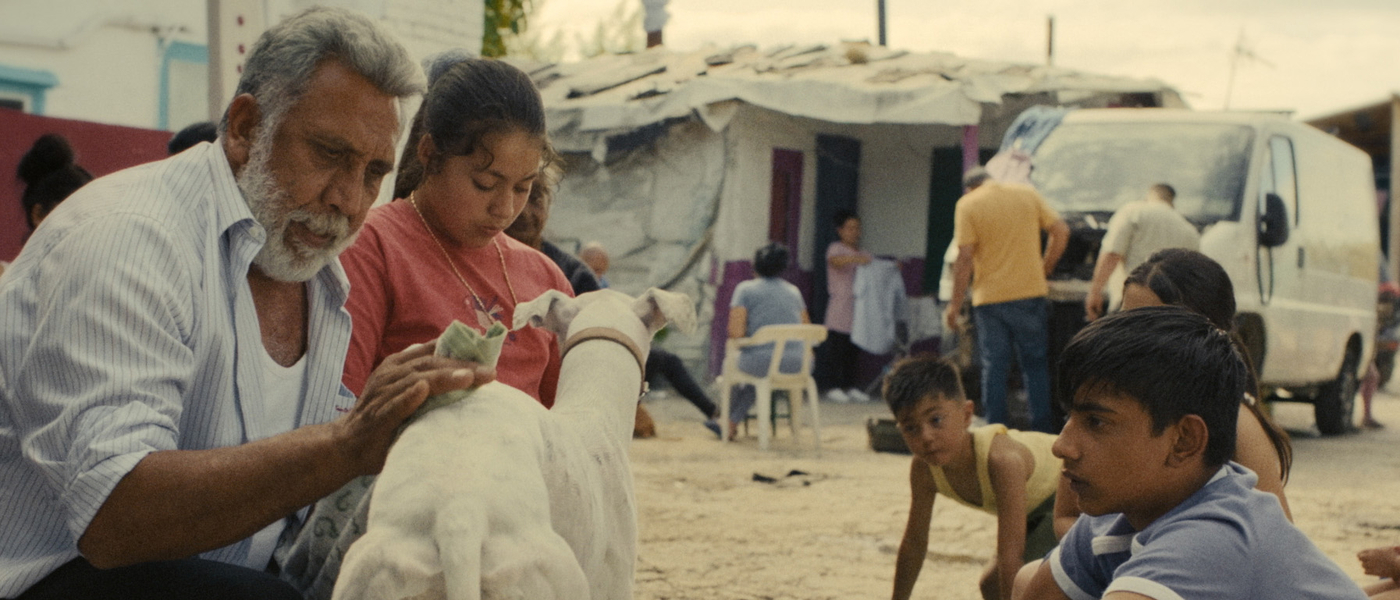Interview with Guillermo Galoe, Sleepless City director
by Olivier Pélisson

by Olivier Pélisson
Guillermo Galoe combines the strength of realism, the cinematic potential of the novelistic, and stylistic beauty. His vibrant and stunning epic sheds light on an overlooked community and its territory, on the outskirts of Madrid. His debut narrative feature has resulted in a powerful film exploring the ties we forge - with family, communities, friends, with animals, and in the first stirrings of love.
Interview with Guillermo Galoe
The film speaks about the end of community. And it springs from a relationship I established with a community just ten minutes from my home: La Cañada Real, the largest slum in Europe, on the outskirts of Madrid. After decades of growing entirely on the margins of society, ignored by everyone, it now faces dismantlement and eviction - now that the land is interesting for real estate speculation. The characters in the film carry a deep wound as they face the loss of a way of life, the disappearance of a world that, though long pushed aside, still holds onto its values and myths with pride and dignity—sometimes in a quixotic way.
I wanted to portray all of that through the eyes of Toni, who is on the verge of becoming an adult, but whose gaze still holds the magic of childhood—free of judgment, where anything is still possible. A poetic gaze through which we dive into a raw and complex universe—populated by characters who could have stepped out of a noir or a western, yet portrayed not through the tropes of genre, but through skin and intimacy. Brought to life entirely by the people who actually live there. And there, on the farthest edge of my society, I found in the Roma community of Extremadura echoes of my grandparents’ world— who walked the same lands, hunted with the same dogs, and told the same legends.
The film is born from an image: a boy who claims his childhood back as he watches it fly away into the night. What moved me was the idea of giving value to what vanishes through the beauty and magic that every reality can hold. And what is inherent to cinema is precisely its capacity for magic and wonder—like the gaze of a child. The film, like Toni, cries out for freedom; it vibrates with the same intensity as his gaze. To such an extent that it adopts its own cinematic gesture: Toni films himself and what surrounds him with a mobile phone. He creates free images, as extreme as his environment, and the colors explode on screen, inspired by the tales and legends he listens at home from his grandmothers. I wanted to give importance to the spoken word, to the value of the tale itself, and in working with the actors, we emphasized preserving their way of speaking, with all its nuances. Aesthetically, we wanted to create space for discovering new, free images, and for mystery—staying close to the characters and avoiding placing ourselves ahead of them.